It seems every year a new plagiarism scandal strikes the media. Today, the stigma of lifting passages can haunt media professionals forever, but 250 years ago stealing another reporter's work without credit was an acceptable form of journalism. In fact, it was a practice that helped unite the colonies and win the Revolutionary War.
By the end of the French and Indian War in 1763, 18 newspapers were being published on American soil to meet a growing demand for domestic journalism that skyrocketed during the late conflict. The craving for local journalism was sustained in the years ahead as the American Revolution unfolded.
Without professional writing staffs of journalists or correspondents, eighteenth-century newspaper printers relied heavily on an intercolonial newspaper exchange system to fill their pages. Printers often copied entire paragraphs or columns directly from other newspapers and frequently without attribution. As a result, identical news reports often appeared in multiple papers throughout America. This news-swapping technique, and resulting plagiarism, helped spread the ideas of liberty and uphold the colonists' resistance to British Parliament.
For example, throughout the winter of 1765-66, the Sons of Liberty -- many being printers and therefore among the hardest hit by the new stamp tax on paper -- were successful in opening correspondence channels and aligning colonial interests by re-purposing patriotic newspaper reports from other colonies. An article about the Sons of Liberty meeting at Machenry's tavern in Savannah originally appeared in the Georgia Gazette on November 7, 1765, and was reprinted verbatim in other newspapers, including the January 27, 1766, Supplement to the Boston Gazette. Benjamin Edes and John Gill, printers of the Boston Gazette, published the Georgia news without any credit line other than a Savannah dateline.
Similarly, a famous eyewitness account of the Boston Tea Party by "An Impartial Observer" was first authored for the December 20, 1773, Boston Gazette, but was soon reprinted without edit or attribution in other New England newspapers. The popular account, frequently used in history books today, helped spread the Patriot version of events. It revealed that 340 chests of tea were destroyed, and one or two participants tried pocketing some tea, but were promptly "stripped of their acquisitions and very roughly handled." It also highlighted the mob's efforts to go blameless for the destruction of anything but tea, exposing details about a padlock belonging to one of the ships' captains that was accidentally broken, but replaced.
News of the Boston Massacre, Battle of Lexington and Concord, the treason of Benedict Arnold and practically every major event of the American Revolution circulated among the colonies much the same way. Thanks in no small part to this plagiarism, newspaper printers fanned the flames of rebellion and helped colonists realize the conflict was closer to home than perhaps they wanted to believe. "By keeping people informed about the war's progress, newspapers made winning independence possible," wrote media historian Carol Sue Humphrey as one of 37 historian contributors in the forthcoming book Reporting the Revolutionary War: Before It Was History, It Was News (Sourcebooks, November 2012). "Newspapers were essential in the fight to win independence and thus were essential in the creation of the United States."
Since there are no photographs of the American Revolution, newspapers provide the most vivid descriptions of both ordinary colonial life and life-altering events. Before the ink on the peace treaty could dry, historians and authors turned to newspapers as the basis for their own analysis and interpretations of the war. The endnotes of practically every history book about the Revolution are loaded with references to the up-close-and-personal perspectives found in early newspapers. In fact, the first two histories of the American Revolution, authored in 1788 by William Gordon and 1789 by David Ramsay, both plagiarized the popular Annual Register, a political and literary record published in London that heavily relied on newspapers and magazines from the previous year for its content. Ramsay, who twice served as a delegate in the Continental Congress, wrote that "in establishing American independence, the pen and the press had merit equal to that of the sword."
Portions of this blog post are excerpted from Todd Andrlik's forthcoming book Reporting the Revolutionary War: Before It Was History, It Was News.